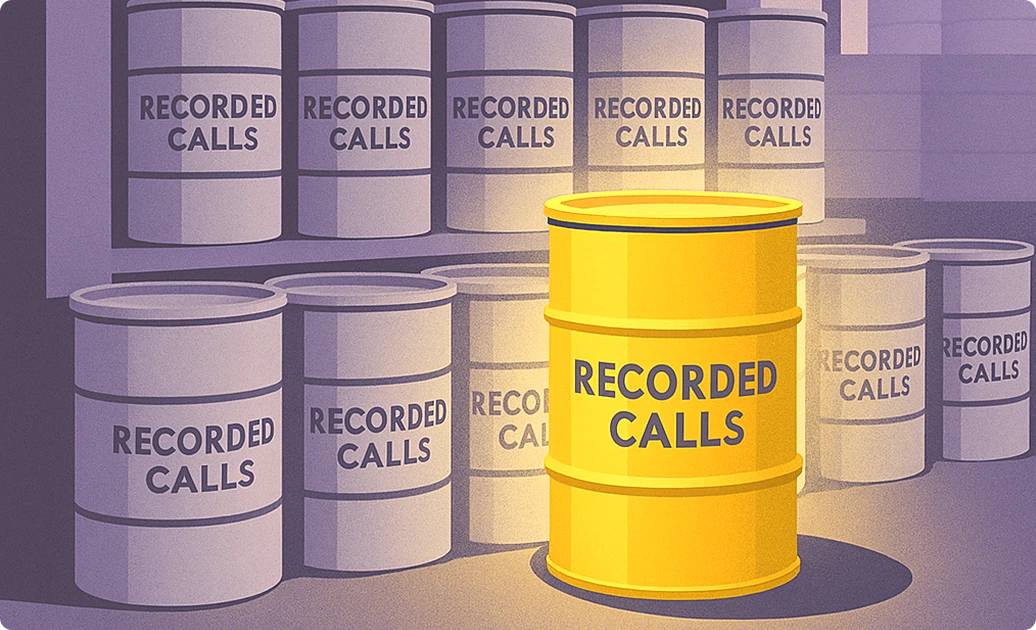Process Map Key: Essential Elements Explained
-
Bella Williams
- 10 min read
A process map serves as a powerful visual tool that guides organizations through complex operations and workflows. Understanding the essentials of a process map is crucial for anyone involved in process management or improvement. By breaking down each element, users can identify inefficiencies and facilitate better decision-making.
The key components of a process map include inputs, outputs, tasks, and decision points. Grasping these essentials allows teams to create clarity in their processes, ultimately boosting productivity and communication. As you delve deeper into this guide, you will discover how these elements work together to enhance organizational efficiency and overcome challenges.
Key Elements of a Process Map Essentials
A comprehensive understanding of process map essentials is pivotal for effective workflow visualization. At its core, a process map serves as a visual guide depicting the steps, tasks, and decisions involved in a process. Key to creating an effective map is ensuring clarity and detail; each element should clearly represent the sequential flow of actions. Clearly defined symbols and notations aid in conveying complex processes, making the map useful for all stakeholders involved.
Moreover, identifying roles and responsibilities within the process is crucial. Assigning specific tasks to individuals or teams ensures accountability and enhances communication. Additionally, incorporating feedback loops allows for continuous improvement, enabling the process to evolve based on performance data. By integrating these key elements, a process map becomes an invaluable tool for navigating workflows and fostering collaborative efforts across the organization.
Defining Process Map Essentials
Process Map Essentials involve several key components that are foundational to creating effective visual representations of workflows or processes. These components include defining the goals of the process, identifying stakeholders, mapping out each step involved, and recognizing decision points. Each element serves a specific purpose, enhancing clarity and facilitating better communication among team members.
To start, clearly outlining the purpose of the process helps stakeholders understand its significance. Next, identifying who is involved—both roles and responsibilities—ensures everyone is on the same page. Each step should be detailed progressively, ensuring that all tasks are accounted for in a logical sequence. Lastly, pinpointing decision points allows teams to address potential issues, fostering a proactive approach to problem-solving. By understanding these Process Map Essentials, organizations can optimize their operations and enhance collaboration among team members.
Common Symbols in Process Map Essentials
In Process Map Essentials, understanding the common symbols is crucial for effective communication. Symbols act as visual language, simplifying complex processes. Each symbol represents a specific action or decision within the process, enhancing clarity and ensuring all team members are aligned. For instance, the oval shapes typically indicate the start and end points of a process, providing a clear pathway for flow.
Key symbols include rectangles, which represent tasks or activities, while diamonds signify decision points that require evaluation. Arrows connect these symbols, indicating the sequence of actions. Circles often denote connectors that link different parts of the process map. Familiarizing yourself with these symbols fosters improved comprehension and collaboration in process mapping. Whether you are designing user journey maps or assessing training needs, these symbols play an essential role in illustrating workflows clearly and efficiently.
Deep Dive into Process Map Essentials: Stages and Steps
To effectively comprehend process mapping, it's vital to break down the key stages and steps involved. The initial stage typically involves gathering insights from stakeholders. Engaging with leadership helps uncover the rationale behind processes and any proposed changes. Middle managers then provide further detail, shedding light on the impact and potential challenges during implementation.
Following information gathering, the next step is to design the change journey. This involves creating a roadmap that illustrates how various stakeholders experience and adapt to the changes. Monitoring these changes can be achieved through quick assessments or surveys, allowing for timely adjustments based on feedback. Understanding these essential elements not only clarifies the process but also enhances the overall effectiveness of the approach. By focusing on process map essentials, organizations can foster a smoother transition through changes while strengthening teamwork and communication.
Detailed Steps to Create Process Map Essentials
Creating process map essentials involves a series of thoughtful steps to ensure clarity and effectiveness. First, define the objective of your process map. Understanding the purpose helps to identify key stakeholders and specific processes that need to be documented. Next, gather all relevant data, including existing procedures, team inputs, and customer feedback. This foundational information informs the structure and details of the map.
After collecting data, outline the primary steps involved in the process. Each step should be concise and follow a logical flow. Visual representation is crucial, so select appropriate symbols that represent different actions or decisions. Finally, review the process map with stakeholders to ensure accuracy and comprehensibility. This collaborative feedback will refine the map, ensuring it truly encapsulates the essential elements of the process. Engaging in these steps ultimately leads to a well-documented process map that serves as a valuable tool for your organization.
Best Practices for Process Map Essentials
Understanding Best Practices for Process Map Essentials is crucial for creating effective visual aids. Start by clearly defining the purpose of the map. Identifying who will use the map and what information they need is essential for success. Make sure that the map visually represents the flow of processes, highlighting key steps and interactions. Use standardized symbols and simple language to enhance clarity and avoid confusion.
Next, involve relevant stakeholders in the mapping process. Gathering insights from team members ensures that critical elements are not overlooked. Validate your process map through feedback, making necessary adjustments to reflect accurate workflows. Regularly review and update the map to adapt to changes in processes or organizational goals. By following these practices, you can develop a strong foundation for effective process mapping, ultimately leading to better understanding and more efficient operations.
Conclusion: Mastering the Process Map Essentials
Mastering the Process Map Essentials involves understanding and effectively implementing key components that make up this vital tool. A well-structured process map serves as a visual representation, simplifying complex workflows and highlighting areas that need improvement. By grasping these essentials, teams can enhance collaboration and streamline operations, ultimately driving better results.
To achieve proficiency in process mapping, it's important to consider factors like clarity, accuracy, and stakeholder involvement. Engaging all relevant parties ensures that the process map accurately reflects reality and facilitates informed decisions. As you develop your skills in creating process maps, remember that this approach is not merely about design; it’s about fostering a culture of continuous improvement and operational excellence.







